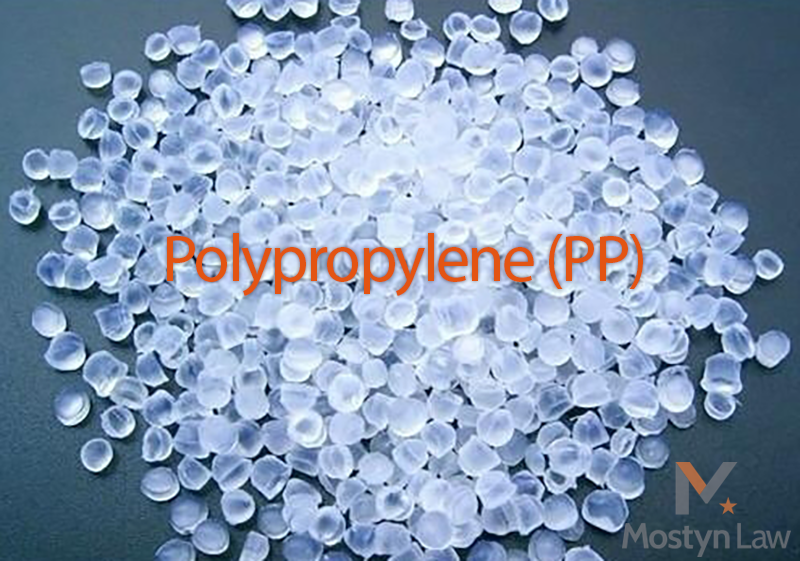You’ve read about polypropylene, the petroleum–sourced material that makes up transvaginal and hernia mesh.
There is no other way to say it – polypropylene (PP) is a cheap plastic mesh material. Lighter and more cost effective than metal makes PP a dominant polymer in the medical device industry.
Besides pelvic and hernia mesh, uses include catheters, tubing, syringes, and contact lenses. And PP use is expected to grow even though there is speculation about its biocompatibility in the body.
Any chemical handled by workers as part of industrialized production is accompanied by a Materials Safety Data Sheet or MSDS. It is required by OSHA, the Occupational Health and Safety Administration.
The MSDS for polypropylene (PP) resin states clearly it is not to be made into implantable medical devices.
What does industry know that patients do not?
Polymers have unique characteristics. They can be made strong, tough or soft. They are not inert once placed in the body.
In 2011, Dr. Donald Ostergard, past president of the American Urogynecologic Society (AUGS), told its members that “mesh is not inert.”
Mesh is able to incite an inflammatory response or foreign body reaction in the body. In other words, there is a continuing process of change and degradation.
Electronic microscopy showed the deep cracks in the PP as it degrades in the body. It can shrink up to 50 percent.
Without chemical additives to slow the process, PP was seen to degrade in live animal tests (Liebert, 1976) and that degradation process occurred as soon as a few days after implantation.
An added antioxidant retarded the degradation process.
That insight, opened the door to a chemical smorgasbord of additives to PP mesh, the effects of which are unknown.
Court documents in pelvic mesh litigation show us that the proprietary formulation of Ethicon/ Johnson & Johnson’s Prolene (PP) show the addition of Procol LA-10, a lubricant to help reduce tissue drag and promote tissue passage.
Santonox is an added antioxidant. Its role is to protect the resin from thermal oxidation during the extrusion process during the making of sutures or threads.
Also added is the lubricant, Calcium Stearate.
DL TDP, also known as dilauralthiodipropionate, is an antioxidant that improves the long-term storage of the resin, reducing any impact of oxygen or ultraviolet light.
A copper-based pigment is added to make the mesh more visible in the body.
The U.S. Food and Drug Administration (FDA) clears PP mesh for market and we know from inside those clearance documents that PP mesh implants are exposed to ethylene oxide (EtO) gas, a low-temperature sterilization agent.
EtO is considered toxic by the Environmental Protection Agency and a carcinogen. Exposure is regulated by the EPA in the workplace under the rules of OSHA.
Europe is light years ahead of the U.S in these concerns.
In May 2016, the European Parliament and EU Council of Ministers agreed to limit the use of devices that contain carcinogenic, toxic, mutagenic or hormone-disrupting properties.
That would include plastics.
The effort there comes after a disaster in France when a manufacturer used industrial grade silicone to fill breast implants.
The EU data will list all implantable devices that are on the market.
The U.S. has yet to establish a national database for medical devices that go wrong as adverse event reporting is voluntary, difficult to decipher and adverse event reports often go first to the manufacturer, which is less likely to blame itself for any complication.
If you or a loved one is suffering from transvaginal or hernia mesh, please call Mostyn Law to request a free consultation or free claim evaluation.

